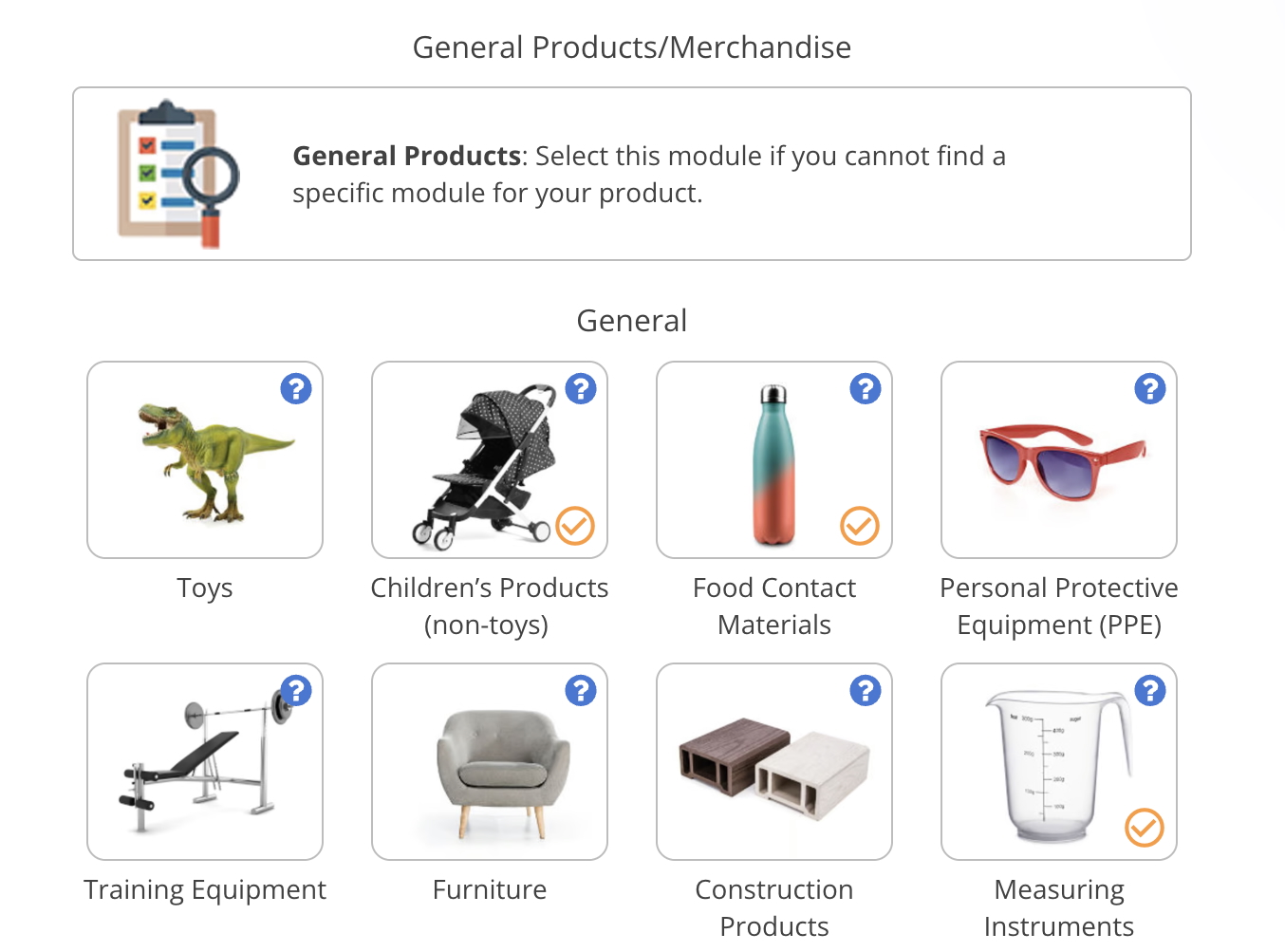ASTM standards set technical specifications for consumer products and materials. Some ASTM standards are mandatory due to being incorporated by reference in US regulations. In this guide, we explain how you can determine if compliance with ASTM standards is necessary and answer other common questions related to ASTM standards.
Content Overview

FREE CONSULTATION CALL (30 MIN)
 Ask questions about compliance requirements
Ask questions about compliance requirements Countries/markets:
Countries/markets:
 Learn how we can help your business
Learn how we can help your business
You will speak with:Ivan Malloci or John Vinod Khiatani
What are ASTM standards?
ASTM standards provide technical specifications that concern product safety, quality and performance, materials, and test methods. Such technical specifications can be provided in the form of definitions, numbers, or even technical drawings. ASTM standards can also include graphical symbols.
ASTM standards are generally applicable to a certain product or material.
For example, ASTM F963 provides technical specifications for the safety of toys.
Who develops ASTM standards?
ASTM standards are developed and published by the American Society for Testing and Materials (ASTM).
Examples of ASTM standards
Here are some examples of ASTM standards:
ASTM F963-23 – Standard Consumer Safety Specification for Toy Safety
ASTM F2413-18 – Standard Specification for Performance Requirements for Protective (Safety) Toe Cap Footwear
ASTM F2923-20 – Standard Specification for Consumer Product Safety for Children’s Jewelry
What should I do with an ASTM standard?

ASTM standards provide technical specifications that must be implemented in practice to ensure that your product reaches certain safety criteria. For example, ASTM F963-23 provides visual representations of small parts in toys. The practical implication of this is that toy designers must ensure that their products do not contain components that are smaller than the minimum sizes defined in ASTM F963-23.
Are ASTM standards mandatory?
ASTM standards are generally voluntary. That being said, some are incorporated by reference in US product regulations, which thus makes them mandatory. Here are four examples that concern toys, batteries, textiles, and art materials:
PART 1250—SAFETY STANDARD MANDATING ASTM F963 FOR TOYS
Each toy must comply with all applicable provisions of ASTM F963-23 Standard Consumer Safety Specification for Toy Safety, approved on August 1, 2023.
PART 1263—SAFETY STANDARD FOR BUTTON CELL OR COIN BATTERIES AND CONSUMER PRODUCTS CONTAINING SUCH BATTERIES
Each consumer product containing button cell or coin batteries shall comply with ANSI/UL 4200A, Standard for Safety for Products Incorporating Button Batteries or Coin Cell Batteries, approved on August 30, 2023.
PART 423—CARE LABELING OF TEXTILE WEARING APPAREL AND CERTAIN PIECE GOODS AS AMENDED
The symbol system developed by the American Society for Testing and Materials (ASTM) and designated as ASTM Standard D5489-96c Guide to Care Symbols for Care Instructions on Consumer Textile Products may be used on care labels or care instructions in lieu of terms so long as the symbols fulfill the requirements of this part.
PART 1500—HAZARDOUS SUBSTANCES AND ARTICLES: ADMINISTRATION AND ENFORCEMENT REGULATIONS
For the convenience of interested persons, the Commission is including the requirements of ASTM D-4236 in paragraph (b)(8)(i) of this section, along with other requirements (stated in paragraph (b)(8)(ii) of this section) made applicable to art materials by the LHAMA.
Which products must comply with ASTM standards?
Products subject to US regulations that incorporate ASTM standards by reference must comply with those ASTM standards. For example, toys sold in the United States must comply with ASTM F963 as this is mandated by Part 1250.
Why should we comply with voluntary ASTM standards?
ASTM standards are not irrelevant if no such standards are mandatory for your products. ASTM standards, even those that are voluntary, provide technical specifications that can help you ensure that your product is generally safe. It is in your interest as a manufacturer or importer to ensure that your products are as safe as they can be – in order to avoid recalls and other penalties.
Ultimately, all products can be subject to recalls and other actions if they cause injury and damage property. This is the case regardless of whether or not there are mandatory ASTM standards for a certain product.
Are ASTM standards updated?
Yes, ASTM standards are updated. For example, ASTM F963-17 was recently replaced by ASTM F963-23.
The Consumer Product Safety Commission also reviews new versions of ASTM standards and often makes the latest version of a certain standard mandatory.
How often are ASTM standards updated?
I am not aware of any schedule or established time frame that determines when a certain ASTM standard is updated. That said, ASTM F963-17 was released in 2017 and was replaced 6 years later in 2023.
My suggestion is that you stay up to date with the CPSC newsletter, as they announce when new ASTM standards or new versions of these are implemented.
Where can I buy ASTM standards?
You can buy ASTM standards on various websites. This guide provides information about buying ASTM standards.
Are ASTM standards recognized in the United States?
Standards developed by ASTM are generally accepted by US businesses and government agencies. This makes sense as the ASTM cooperates with US businesses and other American organizations in developing standards.
Are ASTM standards recognized in the EU or UK?
ASTM standards are generally not recognized by the European Union and the United Kingdom. For example, toys sold in the EU and the UK must comply with EN 71 standards. Compliance with the US equivalent, ASTM F963, is normally not accepted as a replacement.
That being said, the EU General Product Safety Regulation states that international standards can be used when there are no European standards available for a certain product or risk factor. In such situations, an ASTM standard may be the only option.
What is the difference between ASTM and ANSI standards?
ASTM standards set technical specifications for products and materials, whereas ANSI does not develop standards at all. Instead, American National Standards Institute (ANSI) accredits standards that develop standards, which include ASTM among other organizations.
What is the difference between ASTM and UL standards?
Underwriters Laboratories (UL) develops product standards for electronics and industries. However, unlike ASTM, UL also provides testing and certification services.
As such, compliance with UL standards is normally tested directly by UL, while testing according to ASTM standards is provided by hundreds of companies.
What is the difference between ASTM and ISO standards?
ISO standards are developed by the International Organization for Standardization (ISO), located in Switzerland. ISO standards are not developed for any specific country or market, whereas ASTM standards are mainly in and for the United States.
What is the difference between ASTM and EN standards?
EN standards are developed by CEN and CENELEC for the EU and UK markets. These differ from the standards developed by the ASTM.
Is testing according to ASTM standards mandatory?
The purpose of testing according to ASTM standards is to verify compliance with said standards. This is mandatory for some products that are subject to ASTM standards incorporated by reference.
For example, toys sold in the United States must be tested according to ASTM F963 by a CPSC accepted lab.
How much does testing according to ASTM standards cost?
There is no uniform testing cost or even a meaningful way to provide a general estimate. The testing costs depend on the specific ASTM standard that applies, and the complexity and risk level of the concerned product.
Which companies offer testing according to ASTM standards?
Here are a few examples of companies offering ASTM testing services:
- UL
- Bureau Veritas
- QIMA
- TUV Rheinland
- SGS
- Intertek

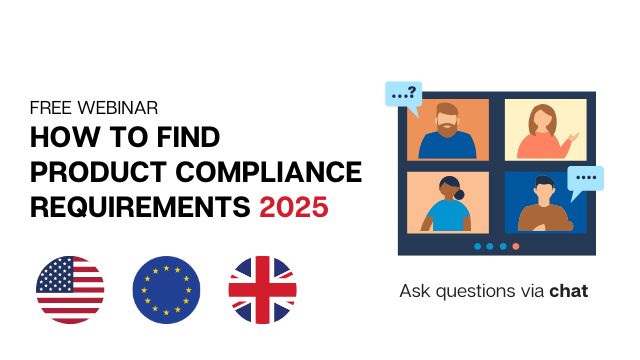
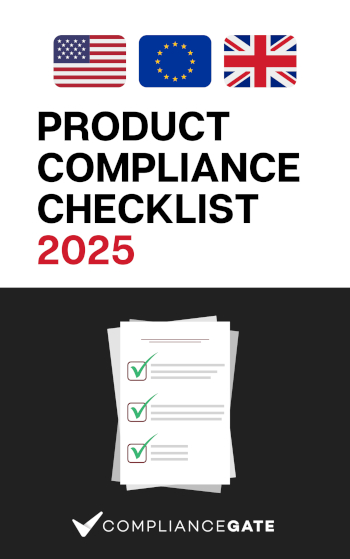




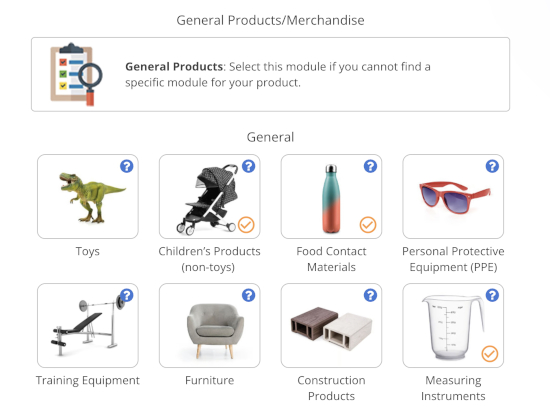







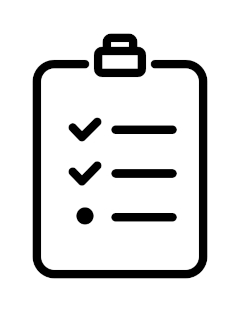


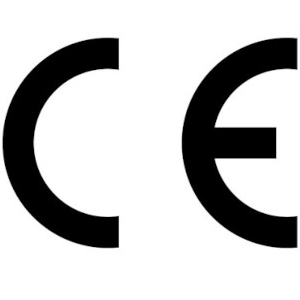




.png)
.png)
.png)
